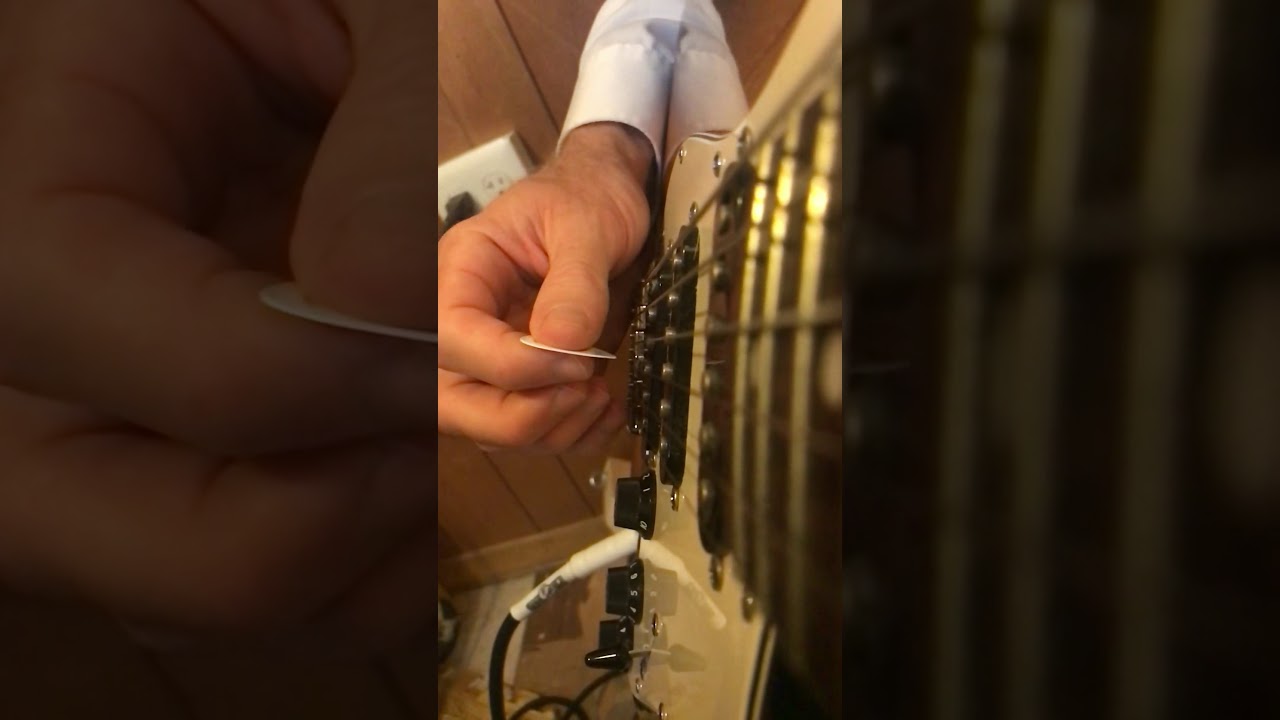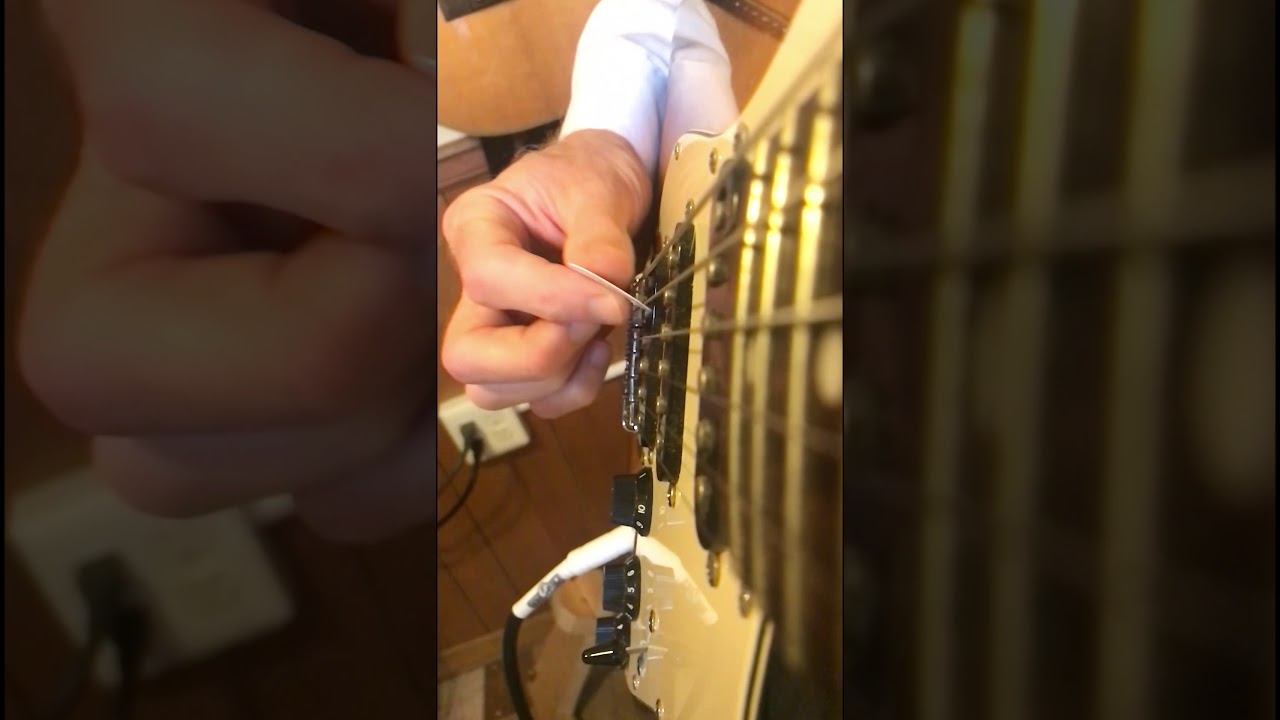I know not everyone will agree, but I respect the variety of considered opinions on this forum, so here goes… As someone who would describe himself as an intermediate player, I feel there’s a problem with the presentation of pickslanting on this site. (For reasons which I hope will become clear, I’m posting this not in Site Feedback but in Playing Technique)
The various forms of pickslanting and their details as presented on CTC are nothing short of revolutionary - no argument there. The question is whether this is actually a legit starting point for a lot of (perhaps even most) players.
Advanced guitarists, by which I mean guys with professional chops, seem to struggle through some kind of wall that only pickslanting gets them through. But judging from the tales they tell, that period lasted a while… and meanwhile, they were somehow managing to play lead guitar lines anyway (albeit not as well as they eventually would). Troy got stuck around a year and half into his playing; if I understood him correctly, pickslanting was another FIVE YEARS away for him at that point!
Hard to imagine that in the interim, all these guys were awkwardly ‘string-hopping’ away, given its severe limitations (not to mention the typically super-keen observation that such players engaged in of other, already accomplished guitarists).
So what WERE these guys actually doing before the eureka moment struck?
Seems to me the answer’s gotta be DBX (or something pretty close to it).
And that would indicate to me that there needs to be much more focus on double escape for the beginning and intermediate player.
To put it another way - can you really go straight to UWPS or DWPS without first gaining proficiency with DBX? (Remember - we’re talking about beginners/intermediates here; an advanced player likely already got his foothold in DBX or a reasonable facsimile thereof, so for him, pickslanting isn’t nearly such a leap.)
Don’t read this as a slam of CTC. Maybe the content here is in fact primarily geared for advanced players. That’s fine; you guys with fast fingers deserve it. (The magnum opus trilogy - Volcano, Cascade and Antigravity - are in my opinion strictly off limits to anyone still playing a Squier;) But if that’s the case, I think it would be a lot better if the site would somehow funnel the player who is at an earlier stage down a different ‘rabbit hole’ (viz. DBX), rather than have him walk wide-eyed and star-struck into a world of slanted picking that’s not yet for him.
(I also suspect this is what’s behind the anguished ‘I-can’t-get-it/gonna’-smash-my-guitar!’ posts which I read not so infrequently on this forum.)
That all took a bunch of keystrokes to say… thanks to those who had the patience to make it to the end. Now go ahead, blast me. But again - please remember that I’m talking about players w/o massive chops, and that Troy himself describes a lengthy period of pre-slant single-note playing that begs my original question. Peace:)




